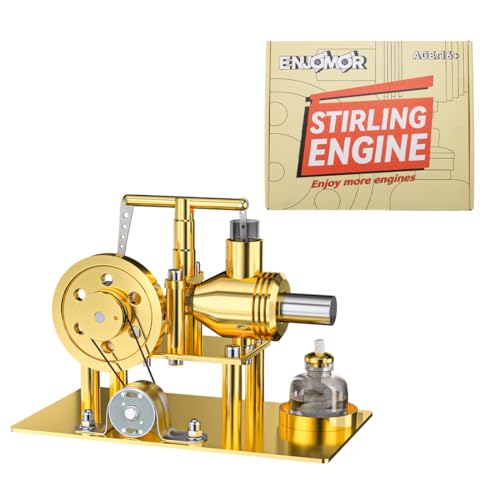to facilitate the ignition of petrol, through the spark plug, in addition to the first version, I designed 2 other versions, similar to each other, the last one has an inclined plane.As I worked with piston and combustion chamber designers on a couple of engines: "modern thinking" - as of the late 1980s~90s. was to simply flatten the piston and head as much as possible. On CAD: Draw a sphere at BOTTOM dead centre and it should touch the cylinder walls, head and piston with very little overlap. That minimises heat loss to the metal when a spherical flame develops as the piston travels down the bore. (This was developed in laboratories with single cylinder "see through" engines, lazers, etc.).
On Model (seriously small engines, sub-50cc per cylinder) the heat losses to adjacent metal are much worse than your small car engine, and low compression makes things worse.
I would therefore, remembering that the piston does not rotate, simply mill a small pocket for the spark-plug, and a curved bottom groove from there to the middle of the piston, with maybe a SLIGHT dishing of the piston crown). The flame generated by the spark ignition will then progress up the channel to the centre of the piston to meet the remainder of the charge and burn that as the piston travels down the bore.
I have done a quick sketch... - Hope it makes sense?
View attachment 137194
Ask more questions if you wish...
K2.
What could be the best solution?
I remind everyone that the spark plug is located on the cylinder, next to the piston, not above as per image post #30






























![Learning AutoCAD Civil 3D 2014 [Online Code]](https://m.media-amazon.com/images/I/51F3yi9fokL._SL500_.jpg)










![MeshMagic 3D Free 3D Modeling Software [Download]](https://m.media-amazon.com/images/I/B1U+p8ewjGS._SL500_.png)



![DreamPlan Home Design and Landscaping Software Free for Windows [PC Download]](https://m.media-amazon.com/images/I/51kvZH2dVLL._SL500_.jpg)











































